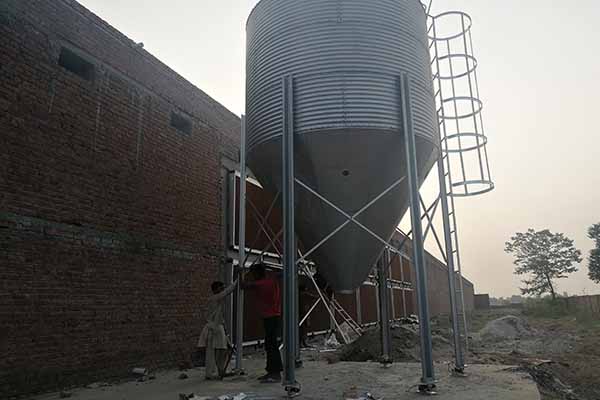Commercial Poultry Cage Plan: Key Elements for Efficient Chicken Farming
Understanding the Importance of a Well-Planned Commercial Poultry Cage
A well-thought-out commercial poultry cage plan is crucial for the success of any chicken farming venture. This document outlines the essential components that should be considered when planning your commercial poultry cage setup. By focusing on these key aspects, you can maximize efficiency, ensure animal welfare, and increase your farm’s profitability.
- Space Allocation
- Ensure each chicken has sufficient space to move around and stretch its wings. The standard recommendation is about 3-4 square feet per bird.
- Airflow and Ventilation
- Proper ventilation is vital to prevent heat stress and ammonia buildup. Plan for adequate airflow and consider installing fans or natural ventilation systems.
- Feeding and Watering Systems
- Automated feeding and watering systems can save time and reduce the risk of feed waste. Opt for durable, easy-to-clean equipment that can handle your production capacity.
- Manure Management
- Implement a manure removal system that minimizes odor and disease transmission. Consider automated systems or manual removal, depending on your farm’s size and budget.
- Comfortable Environment
- Regulate temperature and humidity levels to maintain a comfortable environment for your chickens. Use heaters, coolers, and dehumidifiers as needed.
Case Study: A Successful Commercial Poultry Cage Setup
To provide a real-world example, let’s consider a case study from a successful commercial chicken farm:
– Location: The farm is situated in a rural area with access to fresh water and a reliable power supply.
– Space Allocation: The poultry house is designed to house 30,000 birds, with 4 square feet per bird.
– Airflow and Ventilation: High-quality fans and air exchangers ensure constant airflow, while natural ventilation through windows and roof openings maintains air quality.
– Feeding and Watering Systems: Automated feeders and nipple drinkers provide a constant supply of feed and water, reducing labor requirements and waste.
– Manure Management: The farm uses an automated manure removal system that effectively collects and removes waste from the cages.
– Comfortable Environment: The farm utilizes heaters, coolers, and dehumidifiers to maintain the optimal environment for the chickens.
Conclusion
Creating a commercial poultry cage plan requires careful consideration of various factors. By focusing on space allocation, airflow, feeding and watering systems, manure management, and maintaining a comfortable environment, you can maximize the efficiency and profitability of your chicken farm. Contact LIVI Machinery for a free chicken farm design and equipment quote today!





